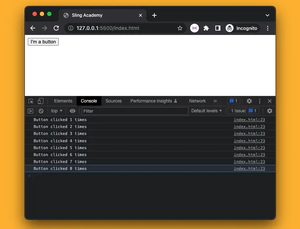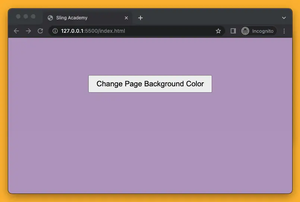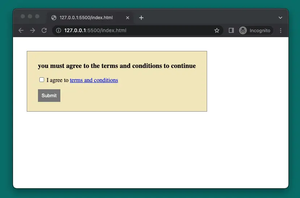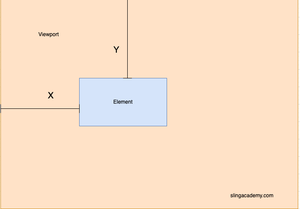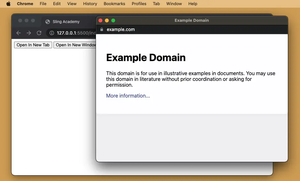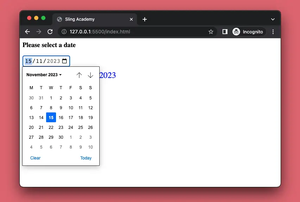The browser's built-in back and forward buttons are essential for navigating through the browsing history. However, interactive web applications sometimes require custom navigation controls for enhanced user experience and functionality. In this article, we'll explore how to implement custom back and forward buttons using the JavaScript History API.
Understanding the History API
The JavaScript History API provides methods to interact with the browser's session history, allowing developers to navigate pages without refreshing. Key methods include history.back(), history.forward(), and history.go().
Main Methods:
history.back(): Loads the previous URL in the history stack.history.forward(): Advances to the next URL in the history.history.go(n): Provides fine-grained control by movingnsteps in the history stack. Use a positive number to go forward and a negative number to go back.
Creating Custom Controls
Let's create two buttons in HTML. One for moving back in the history, and another for moving forward.
Back
Forward
Next, we'll attach click event listeners with JavaScript to these buttons to utilize the History API methods.
document.getElementById('backButton').addEventListener('click', function() {
history.back();
});
document.getElementById('forwardButton').addEventListener('click', function() {
history.forward();
});
Enhancing User Experience
To provide feedback to the user about their browsing history availability, we can enable or disable the buttons based on the history state.
window.addEventListener('popstate', function() {
document.getElementById('backButton').disabled = (history.state === null);
document.getElementById('forwardButton').disabled = (history.state === null);
});
However, note that the history.state property provides the state object at the top of the history stack. A more accurate way to detect browser controls' necessity is not possible directly but can be managed through handling specific application state.
Additional Tips for Improving Navigation
While the above controls work well for basic functionality, they can be enhanced by storing specific state information with the pushState() or replaceState() methods. This allows the application to properly render each page based on the state defined by the developer.
function changePage(title, url) {
history.pushState({title: title}, title, url);
document.title = title; // Change document title or handle state change
}
Implementing URL changes should be more mindful about address bar changes, analytics page views, and ensuring content updates appropriately without refreshing the whole page. Always test thoroughly to maintain SEO and functional coherence.
Conclusion
The JavaScript History API is powerful for creating seamless and immersive navigation experiences in modern web applications. By understanding its methods and correctly implementing state management, you can enhance both functionality and user experience with custom navigation controls. As always, ensure browser compatibility checks and rigorous testing are part of your development process.


